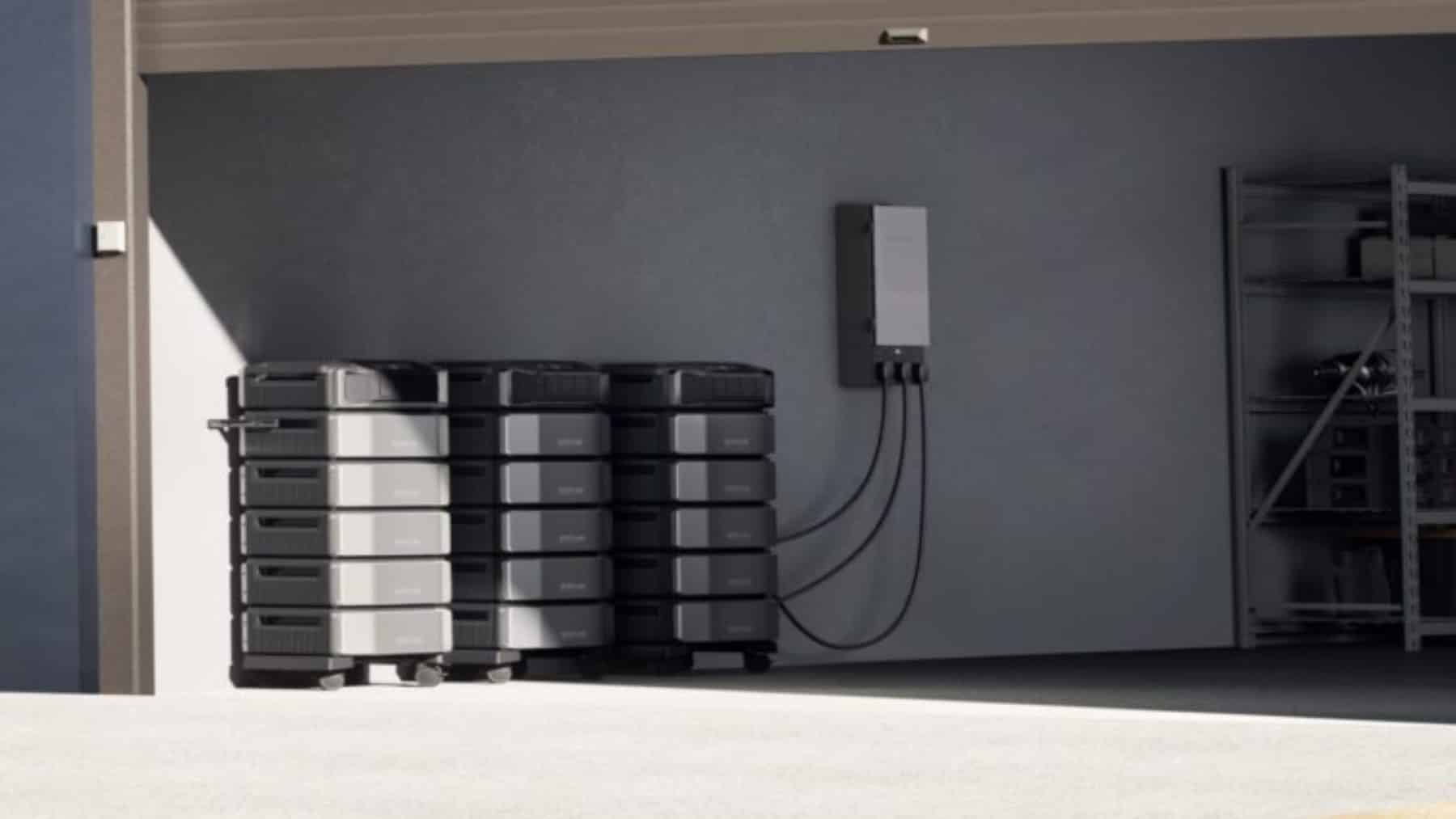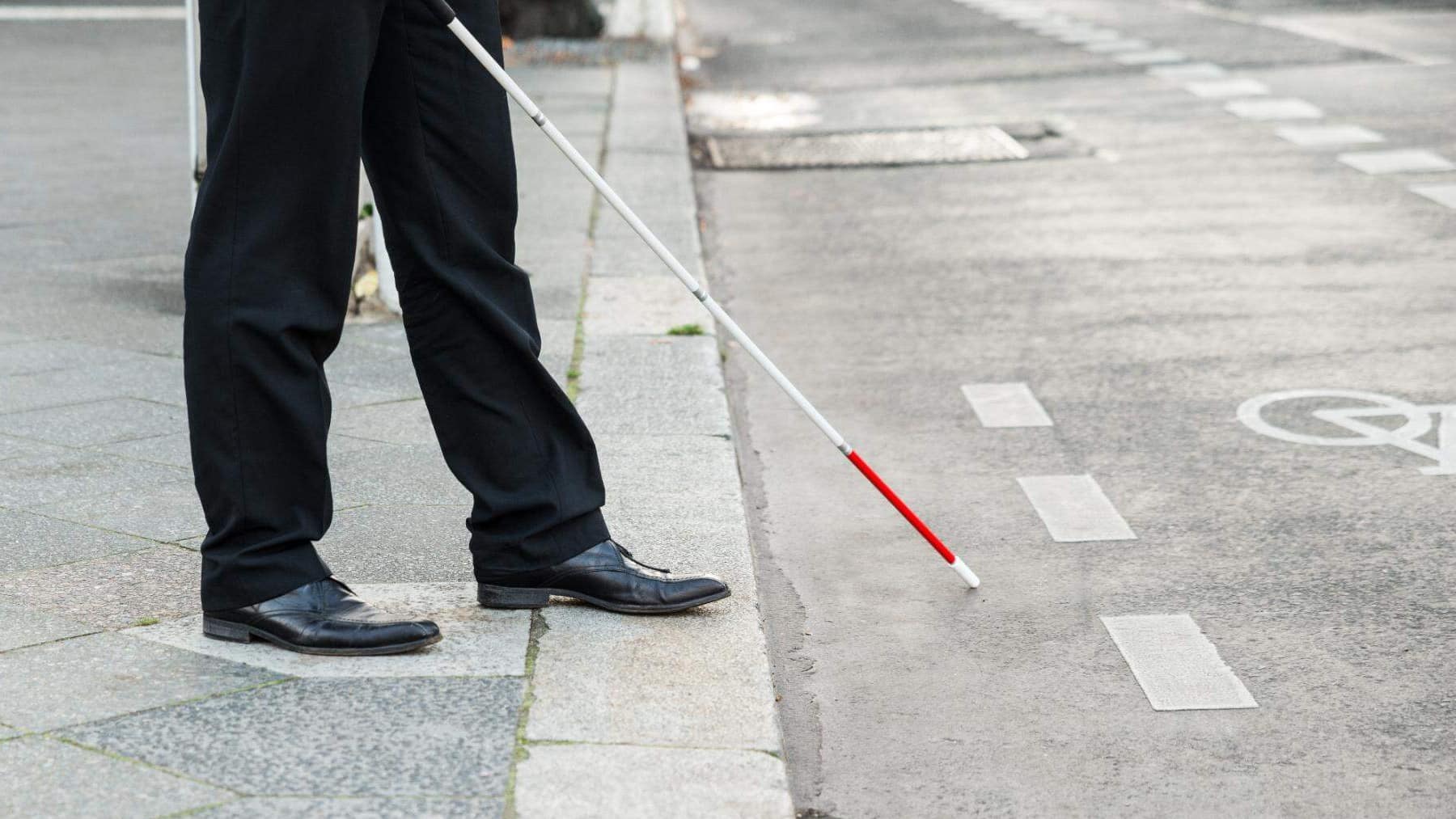Nowadays, drivers understand the differentiation between traffic signal colors almost worldwide, but this was not always the case. Before the National Conference on Street and Highway Safety, held in 1924, on roads in the United States, the size, shape, and color of traffic signs varied, especially from state to state. The Manual on Uniform Traffic Control Devices was developed between the 1930s and 1960s, reaching a consensus on the colors for signs.
Even so, there were states where multicolored signs were still seen, such as in Arizona, where the Arizona Department of Transportation (ADOT) used four different colors. After 10 years, their multicolor program disappeared in favor of traffic uniformity that would make it easier for drivers to understand traffic signs across the country.
Origin of traffic signal colors
Uniformity in traffic signals is essential for achieving road safety, whether in the United States or any other country. Although it is true that the United States differs in colors from the rest of the world when it comes to road signage, it is easily understandable and usually does not cause much confusion to drive on highways anywhere in the world. What we take for granted today when interpreting traffic signals had a more colorful origin. Nowadays, traffic signals in the United States are almost all green, but reaching this consensus took time. In its early days, road signage had no standards for shape, color, or size, so traveling between states could be somewhat confusing.
The signs were not made by state officials, but by automobile clubs. This was regulated in 1924, when the National Conference on Street and Road Safety was held, which brought some order to the chaos. After this conference, the agreement we know today was reached: red meant stop, yellow meant caution, and green meant go. Purple signs were also introduced to indicate intersections, and black-and-white signs for other types of information. Nevertheless, this still varied in each state, and of course, worldwide.
Introduction of the color green on the roads
Finally, between the 1930s and 1960s, the first version of the Manual on Uniform Traffic Control Devices was approved, through which stricter standards were imposed and predetermined colors were implemented. After voting on which color to choose for road signs, the color green won with 58% of the votes, making it the selected color. Despite this choice, some states were still conducting their own experiments with colors, which created confusion among drivers traveling between states.
Traffic signal colors in Arizona
While other states were installing standardized colors on their road signs, Arizona decided to go its own way. The Arizona Department of Highways chose to use four different colors on its roads to indicate to drivers which direction they were heading. Since modern GPS didn’t exist and to avoid the hassle of looking at a rather limited map, the Department found it necessary to use colors to show drivers the cardinal points, making it easier for them to navigate. It used orange, blue, brown, and green to indicate north, west, east, and south, respectively. After 10 years and due to the confusion it caused, this system disappeared and green was adopted as the rest of the states had done.
According to the Arizona Department of Transportation (ADOT), Along our roads, you will see brown signs designated for historic sites and tourist destinations such as parks or museums. Red signs are specifically designed to immediately catch a driver’s attention. These include wrong-way signs and stop signs. Yellow signs are warnings and usually alert motorists about what lies ahead on the road. If you come across an orange sign, then you know that construction is taking place in the area. Blue signs will notify you about upcoming services at the next exit, such as restrooms, restaurants, and gas stations.





